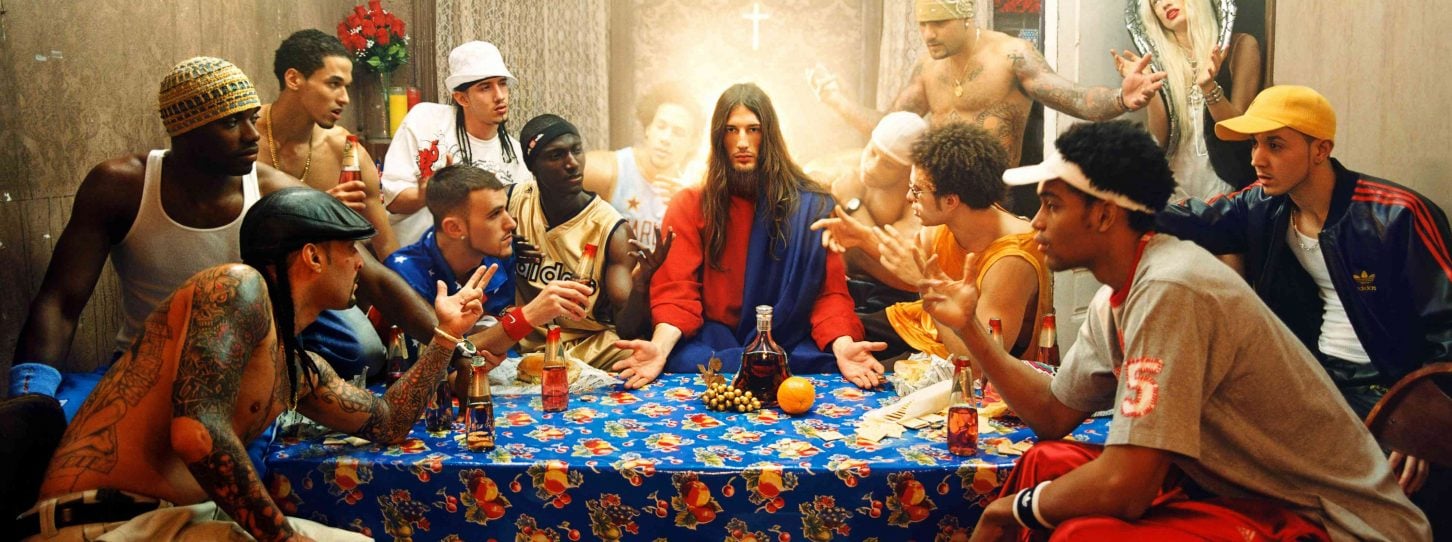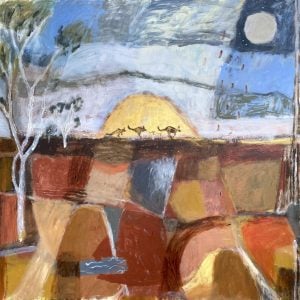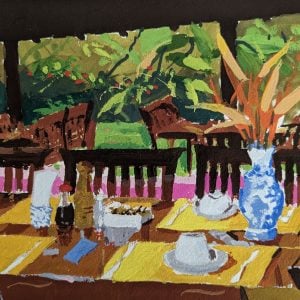Crowdfunding Basics for Artists
Crowdfunding can seem like a nerve racking task for an artist. Pitch videos, rewards, pledging, what does it all mean? If you’re considering crowdfunding a creative project, it’s important to have a clear understanding of what crowdfunding is, and what its key benefits are. We’ve gone back to the beginning to go over the questions you need to ask before embarking on a campaign.

Michelle Clarke, successfully crowdfunded printing costs for an illustrated children’s book that focuses on importance of creativity in a young girl’s life. Photography by Zara Sullivan. Illustrations by Michelle Clarke from I Wish children’s book Pozible campaign.
So what is crowdfunding?
Before we dive into some of the things that go into running a successful crowdfunding campaign – let’s take a quick look at what crowdfunding actually is. You’ve probably heard the term around the traps, perhaps from a fellow artist crowdfunding an exhibition or from a local musician raising funds for their next album, but let’s turn to Google dictionary first for an official definition: “Crowdfunding is funding (a project or venture) by raising money from a large number of people who each contribute a relatively small amount, typically via the Internet.”
Creators can put a up a campaign to raise funds via crowdfunding sites such as Pozible, which provide an online platform for creative projects to raise funds.

Photo by Marcos Luiz on Unsplash.
How is crowdfunding any different to other types of fundraising?
The 3 main things that separate crowdfunding from traditional modes of fundraising are;
Financial target: You need to outline an amount you want to raise for your project. There are two main types of crowdfunding – flexible and all-or-nothing. Flexible means you keep whatever money you raise regardless of what target amount you set. All-or-nothing means only get the funds if you hit your financial target. You might think this all-or-nothing approach seems harsh – but it’s actually preferable for creative campaigns – hear us out! Firstly, all-or-nothing based projects are often more successful reaching their target amount because there’s a sense of urgency that helps drive the campaign forward. Secondly there’s a lot more integrity involved. Creators are not going to walk away with less funds than they need to go through with their project!
Timeframe: Campaigns must run for a limited time. The recommended is usually 4 weeks for all-or-nothing projects to keep up the momentum and energy!
Rewards: Creators offer rewards to their supporters not only as a way to say thank you but to also allow them to feel more involved in the project! Artists can offer a range of different things from tangible items, such as artworks, experience-based rewards such as workshops, or acknowledgement-based gifts like a social media shoutout or certificate!
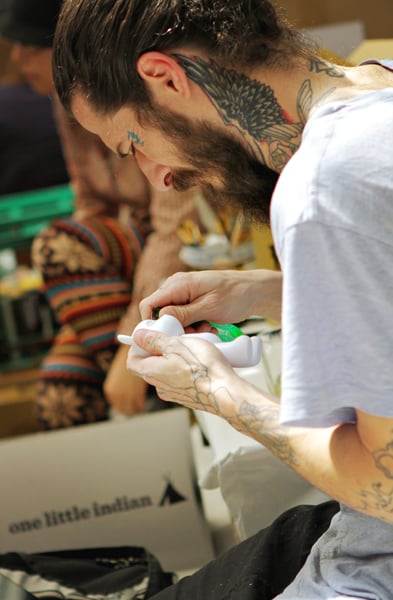
The Toy to the World Project is an annual arts charity event taking place in Melbourne. Funds raised go towards amount went towards the Victorian Aids Council.
Photographer: Ash Scurrah.
The foundations of good crowdfunding are a clear mission statement and a personal story. You need to be able to sum up your project in a sentence or two- avoid using art speak, obscure or vague terms. If people are going to give money to your campaign they want to know exactly what they are funding.
Don’t be afraid to tell your personal story. People want to understand your motivations as an artist, what drives you to do what you do, and how you came up with your project idea.

Fly Bird Fly Studio co based in Adelaide needed to make improvements to their studio. They crowdfunded to create a mural that best represented their art collective. Image by Vans the Omega.
Why crowdfund?
To raise those much needed dollars right? There are actually a lot of benefits to crowdfunding that aren’t necessarily monetary in value.
You learn valuable skills along the way: Creators learn how to market themselves along the way, creating a pitch video, promoting campaign through social media, sharing their work with the public. For social media tips, check out Bluethumb’s overview for artists here.
Proof of Concept and network building: It’s a great place to test your idea, see who is interested, and gauge where your audience might be. You’ll gain valuable feedback, and often creators will use this feedback to inform their art project. People who have contributed to your campaign have helped get your baby off the ground! You’ve then opened up your network to range of potential loyal fans of your work who will be interested in what you do in the future.
You aren’t tied down by the man! This is your baby and you have full control. Government grants often need to be acquitted and there may be things that you can or can’t spend your funds on. With crowdfunding, you have full control over the funds you raise and as long as the money goes towards your overall project, your supporters are happy.
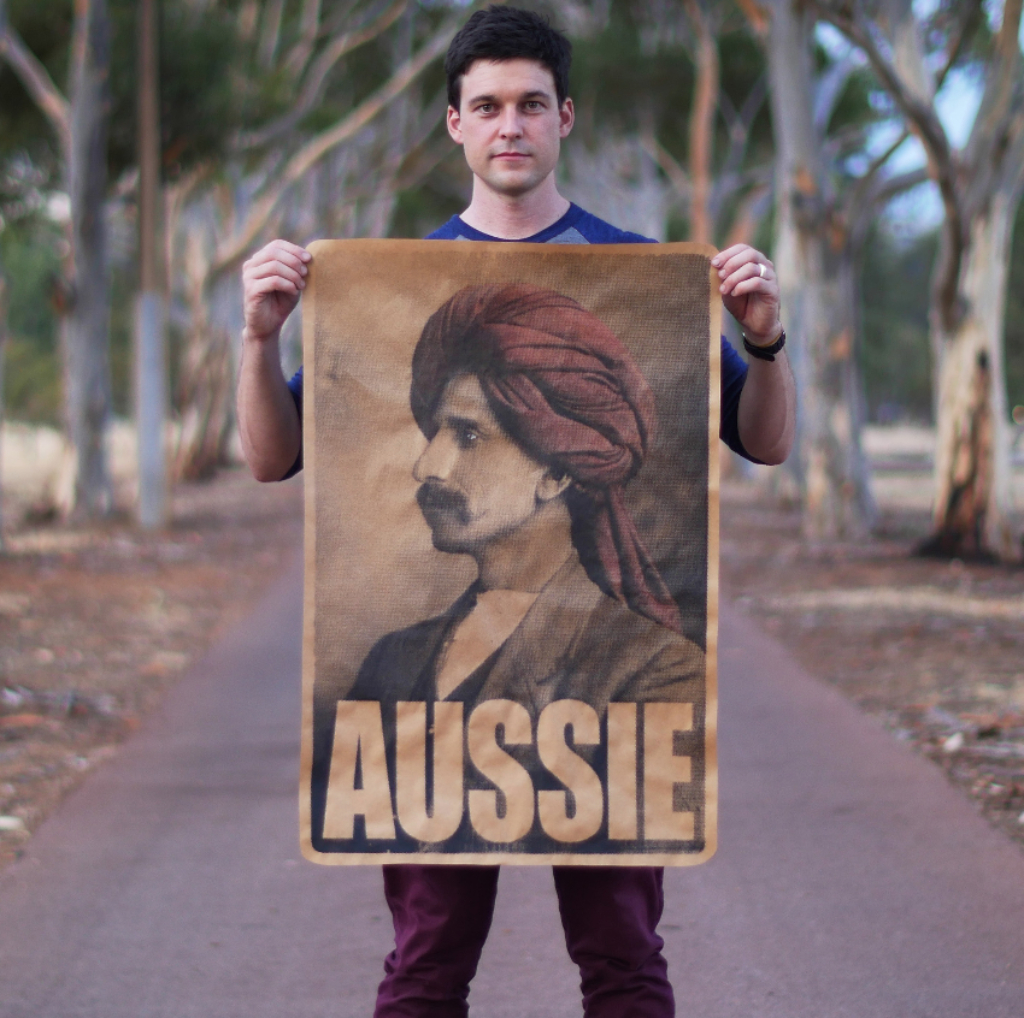
Peter Drew has ran 5 crowdfunding campaigns creating posters centred around Australia’s national identity. The funds going entirely towards printing and travel costs. Peter uses his campaigns to inform his artistic research, engage with a public audience and gain volunteers. Image supplied by Peter Drew.
Thinking of crowdfunding and want to learn more? Click here to discuss your idea with a campaign advisor at Pozible!


